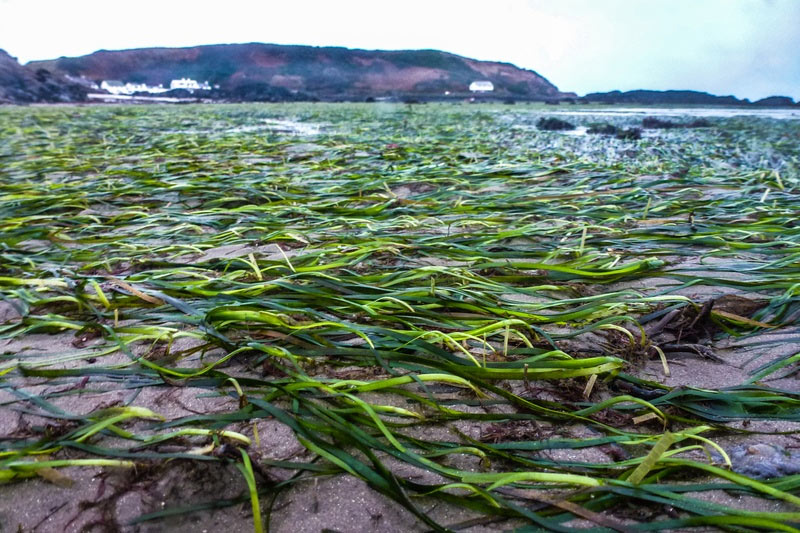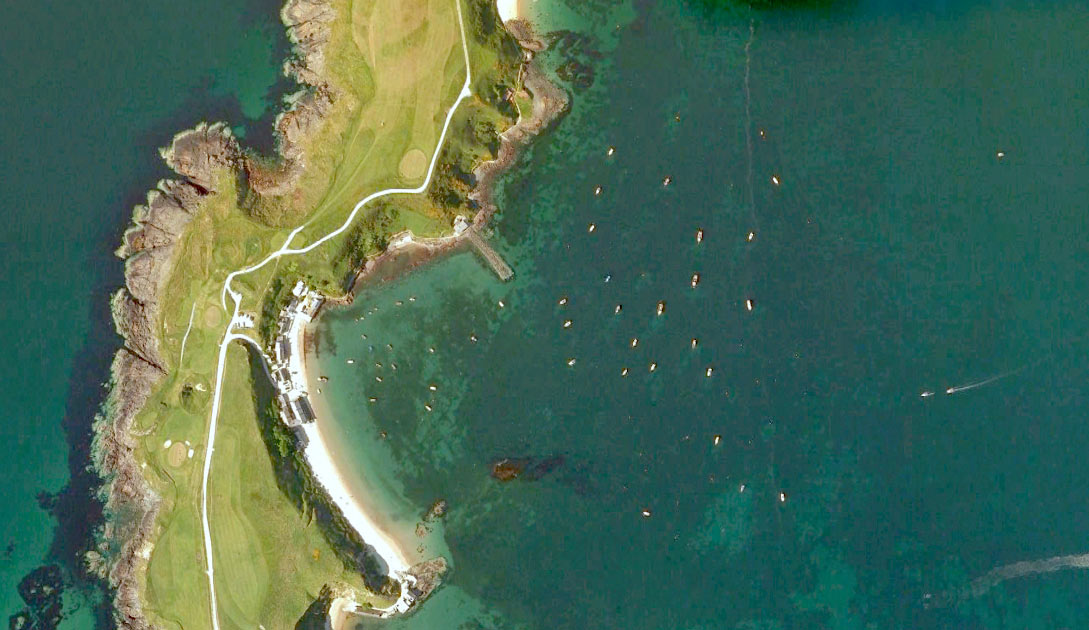
When you think about areas requiring bold initiatives to protect the environment, the small Welsh costal village of Porthdinllaen might not be the first place that comes to mind, and with only two dozen buildings and a miniscule population you might find it surprising that the environment there is under threat.
Porthdinllaen is a part of a marine conservation area called Pen Llŷn a’r Sarnau Special Area of Conservation (SAC) which extends from Nefyn, on the north coast of the Llŷn, to Clarach, about a mile north of Aberystwyth. The presence of seagrass within the SAC is one of the reasons the area is so special. Due to its location, sheltered from all but north-easterly winds, Porthdinllaen is the perfect place for seagrass to grow and as such the seagrass meadow there is thought to be the largest and densest in Wales covering an area the size of 46 football pitches.
However, its natural sheltered location also makes it an ideal natural harbour, and it is here where the problems lie. The sheltered harbour, the only such haven on the Llŷn Peninsula, has been used for many centuries as a place to run to for shelter in a storm offering safe anchorage. It is now a lively, but small fishing port with around 90 moorings, each of which is having a negative effect on the seagrass meadow.

Damage of boat moorings within the seagrass meadow at Porthidinllaen
It’s estimated that around 10% of the seagrass at Porthdinllaen has been lost due to moorings alone, but moorings aren’t the only problem. Anchoring within the seagrass meadow is also a common sight. By far the biggest concern within the extensive intertidal seagrass meadows of the site are tractors and 4×4 vehicles, which routinely cross the seagrass to retrieve the fishermen’s catch. These issues fragment the seagrass causing it to become patchy and no longer a continuous area of habitat for fish. Fragmented meadows are more vulnerable to the effects of erosion.

Tractor damage to the Porthdinllaen seagrass meadow
Not all doom and gloom!
Its not all doom and gloom though, Project Seagrass has now begun the first ever seagrass restoration trial in Wales with the hope of developing a novel method to restore our damaged seagrass meadows and consequently help support our declining fisheries. Interest in seagrass restoration in the UK is increasing as the value of seagrass ecosystems is recognized by scientists, managers and regulators. However, despite this interest action remains limited. The UK Biodiversity Action Plan for seagrass beds specifically details the restoration of 1000 hectares of seagrass during 1997-2010. Transplantation trials in the 1980’s, the early 1990’s and in the last two years were carried out around the south coast of England, but with little success in the long-term. No seagrass in the UK has been restored to date.

Seagrass seeds ready for sorting
During our 2015 summer SeagrassWatch survey we collected a number of Zostera marina shoots laden with seeds. Having let the seeds harden and mature within their seed pods in the aquaria at Swansea University we then sorted the seeds and placed them into hessian bags, ready for planting. During our autumn 2015 SeagrassWatch survey we buried these bags in areas of bare sediment and will check the progress during our 2016 winter, spring, summer and autumn surveys. Despite some poor survey conditions, we planted over 1,500 seeds. If this trial is successful we hope to continue and expand the restoration trial across Wales introducing seeds from other areas to create a genetic mix that allows for hardier and more resilient seagrass meadows in the face of environmental stresses, such as climate change.

Planting the hessian bags at Porthinllaen

